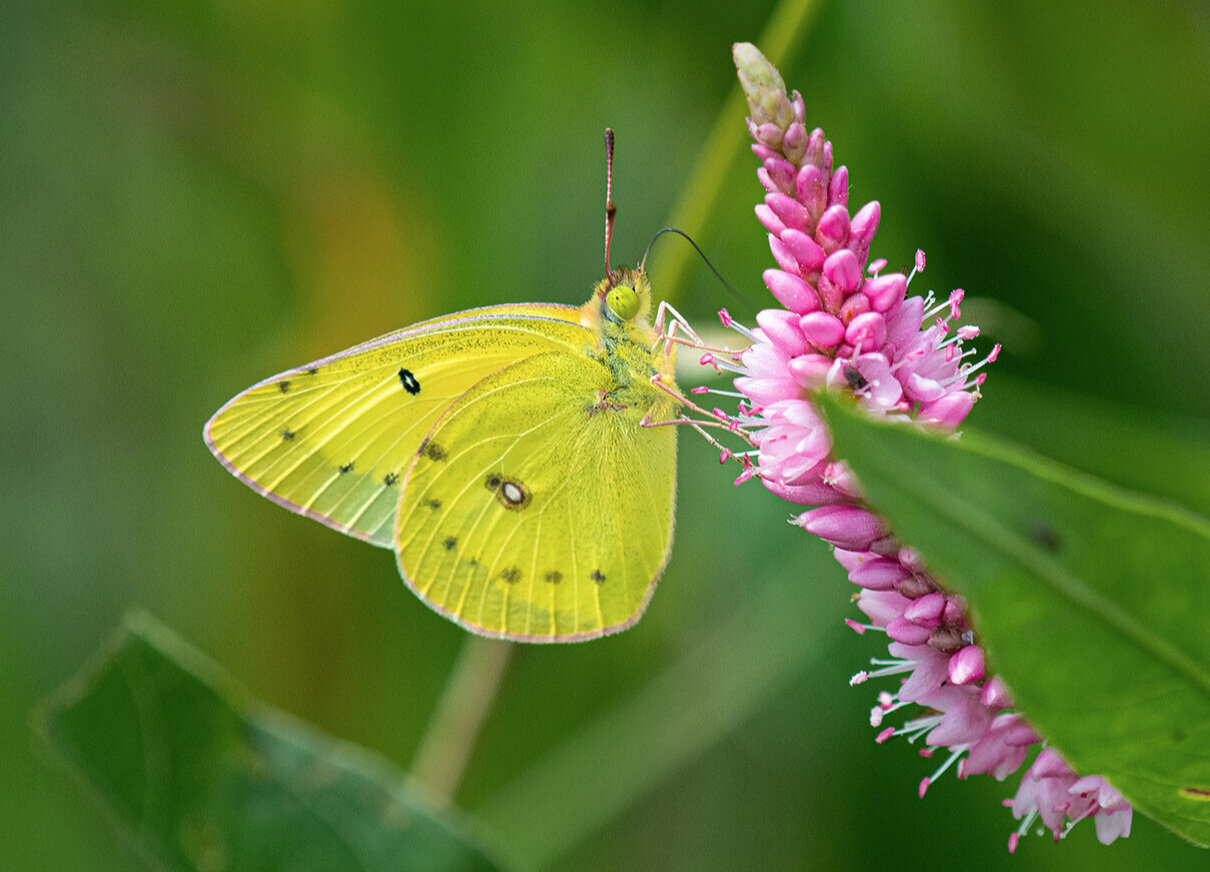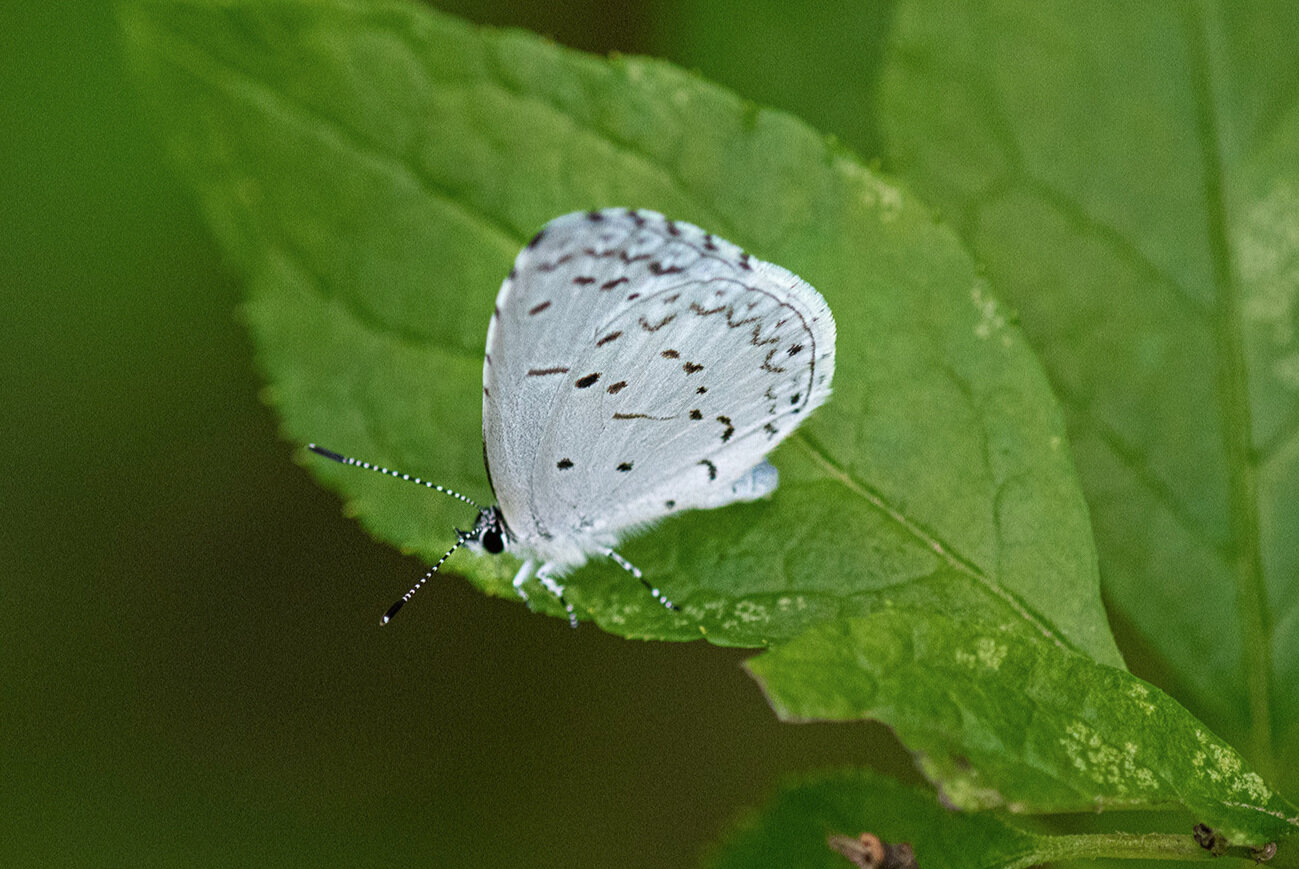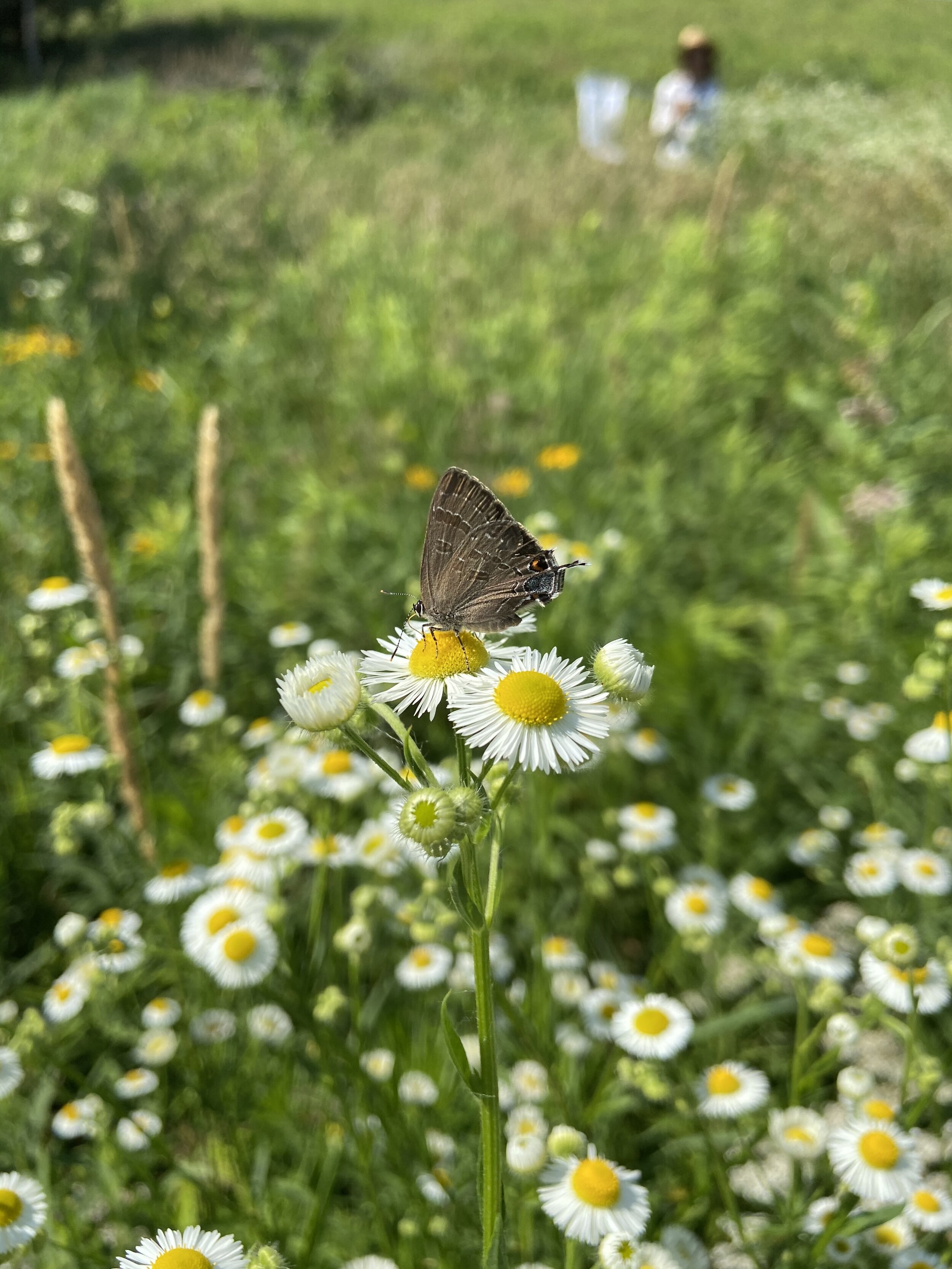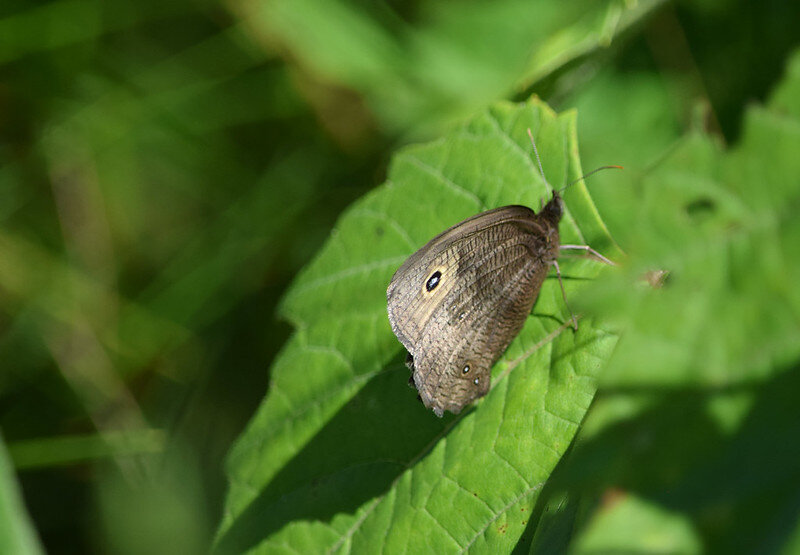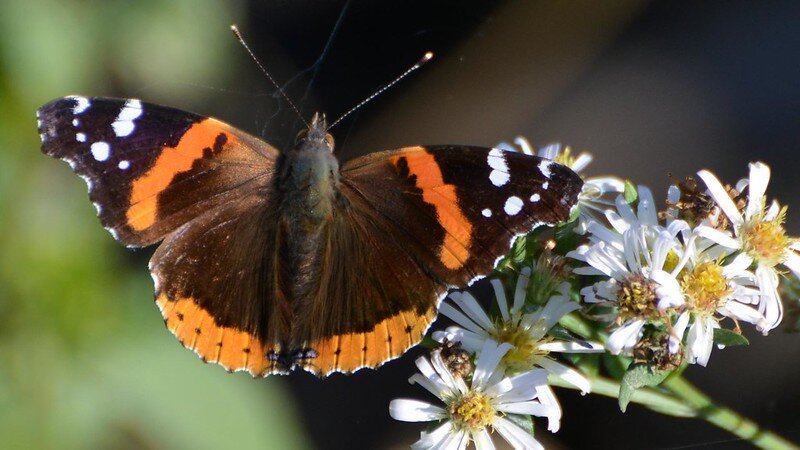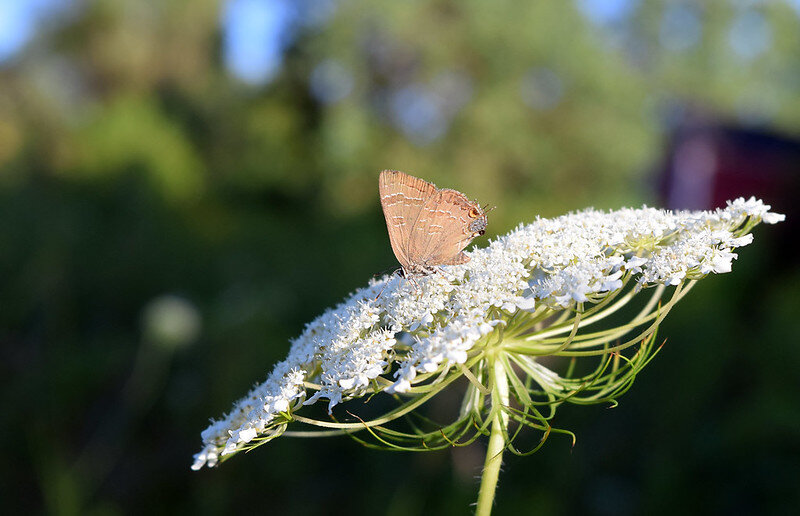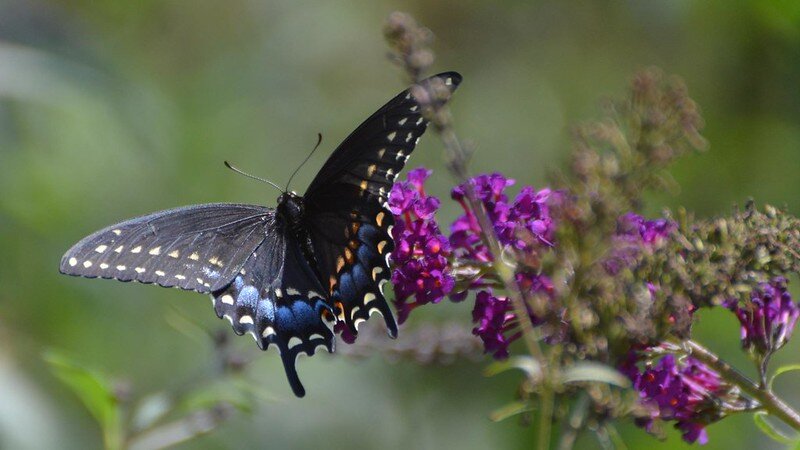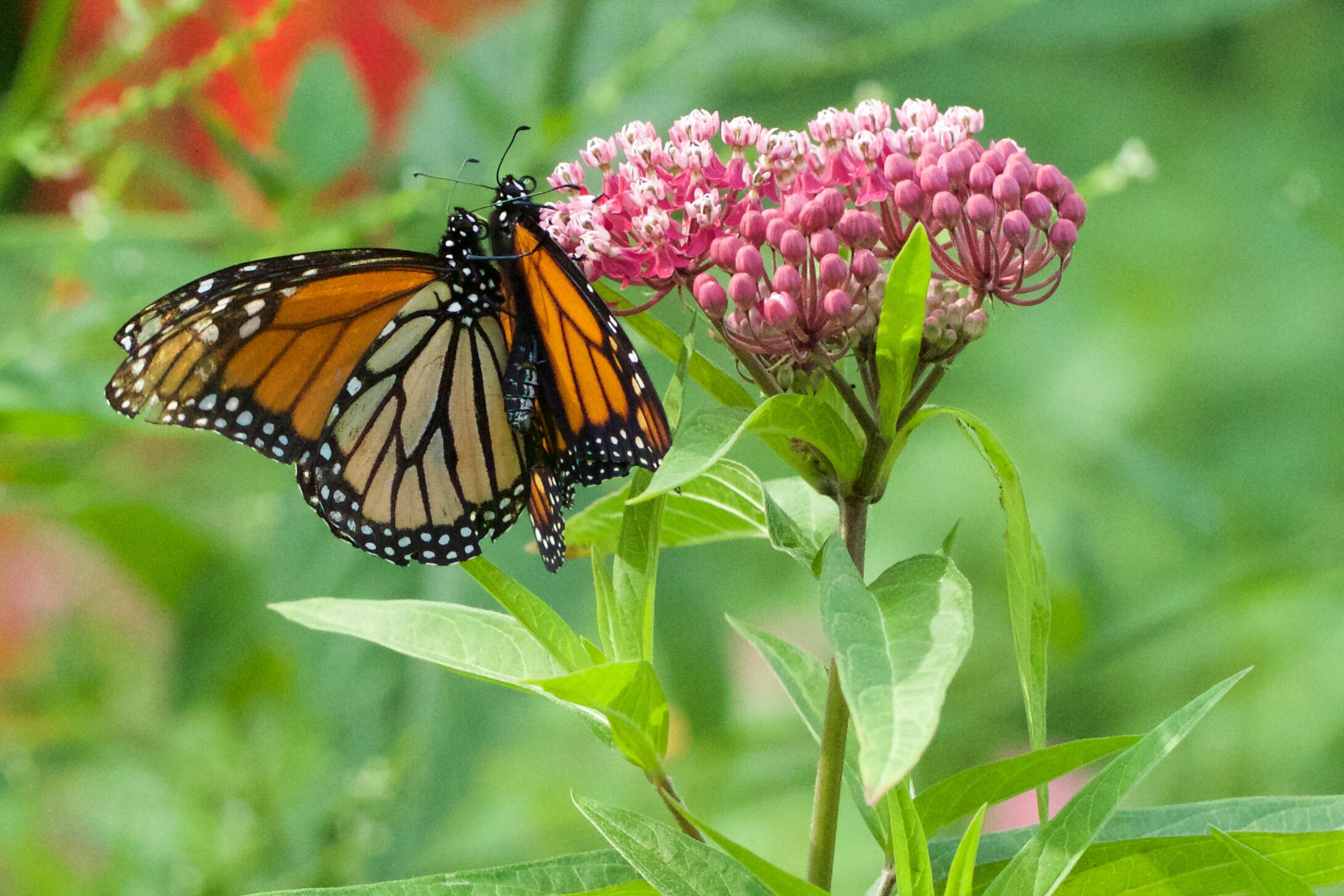The Mud Lake North American Butterfly Count, coordinated for over 30 years by Karl and Dorothy Legler is in the record books.
This was the seventh year that Madison Audubon volunteers counted at Goose Pond Sanctuary and Erstad Prairie as part of the Mud Lake Count.
Hopefully, this will be the first and last count conducted in a pandemic. We would never have guessed in a million years that a world wide virus would occur and we would be social distancing and wearing masks during the count. NOTE: We are not showing any photos of butterfly masked-bandits with their masks on.
This year we set a record with 23 participants (16 high in the past), in the number of 20 species (19) and a high of 56 northern crescents (53). Participants ranged in age from 8 to 70 years old. We were glad to have the Hasburgh family on the count and were pleased to learn that sons Fletcher and Ranger studied up on their butterflies the day before. Fourteen of the participants were in their 20s and 30s.
Two new species were added to the list, the silver-spotted skipper and the banded hairstreak. The silver-spotted skipper has been seen before at Goose Pond but not on the official count.
Graham photographed the hairstreak and identified it from the Butterflies of the North Woods by Larry Weber as a hickory hairstreak. Other hairstreaks look similar and the photo was sent to “butterfly referee” Karl Legler who made the call of a banded hairstreak. We would like to see the name changed to the oak hairstreak because the banded hairstreak caterpillar feeds exclusively on oaks. This individual was found in the bur oak savanna above the west pond. Next year we will have to remember to check the oak savanna and break our record of one individual. The adults feed on sumac, common and swamp milkweeds, sweet clovers and dogwoods.
We try to conduct the count the first week in July and find that butterfly numbers can vary greatly year to year. This year we found 2 red admirals (55 last year), 91 common wood-nymphs (8), 191 clouded sulphurs (4) and 72 black swallowtails (4). The full list of species and their counts found this year and since 2014 are in the table shown at the bottom of this post.
Photos from left to right, top to bottom: Clouded sulphur by Richard Armstrong | Summer azure by Richard Armstrong | Banded hairstreak by Graham Steinhauer | Wood nymph by Peter Gorman | Northern crescent by Patrick Hasburgh | Red admiral by Andy Reago & Chrissy McClarren | Hickory hairstreak by Peter Gorman | Black swallowtail by Andy Reago & Chrissy McClarren | Monarchs by Arlene Koziol
We were pleased when Topf Wells and the Hasburghs reported 53 monarch butterflies from 16 acres at Erstad Prairie. Two hundred and seven monarchs were found compared to 107 in 2019. Last year we had a record monarch migration and tagged 2,100 at Goose Pond. Monarch numbers were low in June but picked up in the first half of July. Hopefully monarch numbers will be high again in fall migration.
THANK YOU to everyone who came out on a hot day to survey for butterflies. We are looking forward to the count next July and hope that masks and social distancing will not be required.
Written by Mark Martin and Sue Foote-Martin, Goose Pond Sanctuary resident managers
Cover photo: banded hairstreak on daisy fleabane, photo by Emma Raasch


